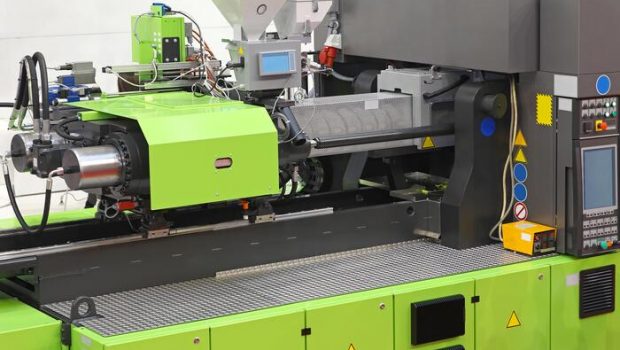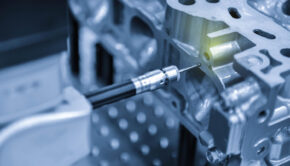Here’s How Industrial Processes Have Been Made Easier With Processes Like Injection Moulding
If you take some time out you will notice that everything, well almost of it, is carved out of plastic. Every industry inculcates plastic in its processes one way or the other. But have you ever thought how is plastic turned into any desirable shape?
And it may take you to another thought that shaping plastic is easy and that is why it is used so customarily. Well, no that isn’t the case. Manufacturers like those at qmolding.com work day and night to mold the plastic in the desired product and the job is not so easy.
How is it Done?
We all are familiar with types of plastics. The two most used types are thermoplastics and thermosetting plastics. These plastics are heated and then injected into the desired mold.
As the term thermosetting says a lot, these plastics are cooled down and settle at a certain temperature. Resultantly, you have the desired product. The process matches the copying of footprints at a crime scene, or common molding techniques.
Industrially, all of this is just scaled up and larger and complex machinery and equipment are required to fulfill the requirements. Talking about the requirements, microinjection molding at a large scale requires probes that can manipulate the temperature within a machine to speed up the process.
For example, to inject the substrate in the mold, a higher temperature is needed so it is melted. If it’s not liquefied, it will neither mold properly nor fit in the machine.
Upon injecting the entire substrate, the temperature needs to be decreased in the other compartment, so that the material is solidified. At the end of the procedure, your desired product is manufactured in no time. Some prerequisites for this operation include:
Types of Molding
Mold is the shape that you want the plastic to take. It is mostly made out of temperature stable products or certain metals that can withstand extreme temperatures. Stainless steel is another option to be used as molds. As it is feasible and cheap, industries find their application economical.
You may think that if we can make templates out of the metals, why we can’t just manufacture the products from these? A lot of factors, some obvious and some not, contribute to this establishment. But the most affirming factor is cost. Using plastic decreases the budget by many folds.
Substrate
Many manufacturers use plastic to manufacture, tables, chairs, and unlimited other products. Efficient makers like to use and reuse plastic by converting it in a mesh and then injecting it in the desired mold after heating it at a high temperature. Using a fine mesh of plastic has many pros, the most obvious one is that it doesn’t clog the equipment.
Furthermore, microinjection lets you reuse even the smallest and useless plastics to be converted into a superheated gel-liquid material that can be molded in its entirety. Besides the substrate and the product, other things like machine scaling are crucial for an ideal process.
Why do experts at qmolding.com and other companies prefer injection molding?
There are many advantages of applying the process of injection molding on the field. Some of the prominent ones are:
- It is cost-effective – it is not just cheaper than other molding processes, it’s more convenient. The best thing about this process is that an increase in the number of products to be manufactured decreases the overall cost. This includes the labor cost, material cost, and the budget that is used upon various pieces of machinery. As injection molding requires only one setup for unlimited processing, it is feasible.
- The process is not limited to a single design or product. That means you can manufacture a variety of products through this type of molding.
- It offers thorough melting and cooling, resultantly the products manufactured are ideal in their uniformity.
- Another key feature is full automation. You just have to set it up, it will do the rest itself.
Some Considerations
Like every process, it also has some pitfalls. And to get top-notch conversions, industries focus on some issues faced by the injection molding and try its best to overcome these. These problems can be:
- The initial investment is humungous – the starting set up requires a lot of money and running it initially is quite a tedious process.
- The designing of molds is hard – experts and efficient machinery are required for this process.
- As the process is fully automated, rates of contamination are high, and resultantly the downstream processing is adversely affected.
The Best Companies have Something Special to Add to their Original Exercise
The customer is the king of any market and to satisfy them, manufacturers put in all the effort. At qmolding.com, you don’t only get the injection done but the finishing facilities also.
Here, the product is textured, colored, and threaded upon customer demands. You can also engrave anything you like on the product by LASER that lasts long.
Two-dimensional images and graphics can also be applied to the product through a process known as pad printing. Ultimately, you get the best here.












